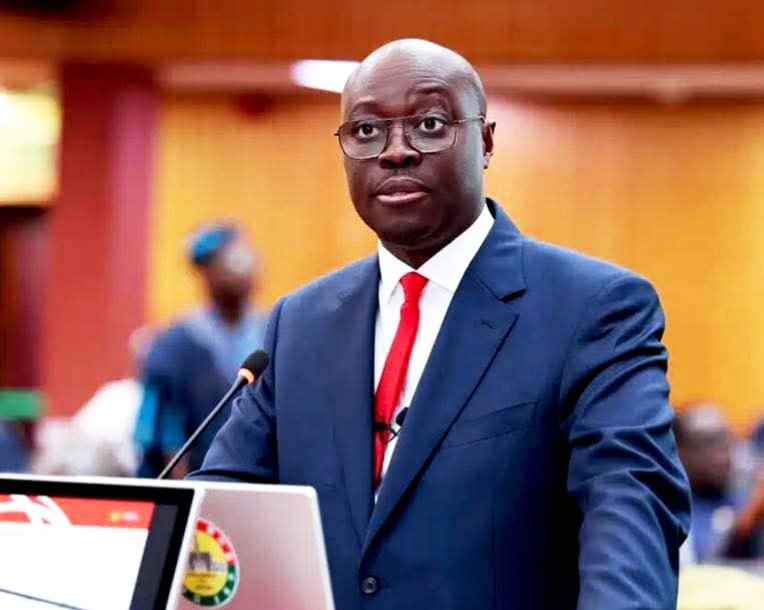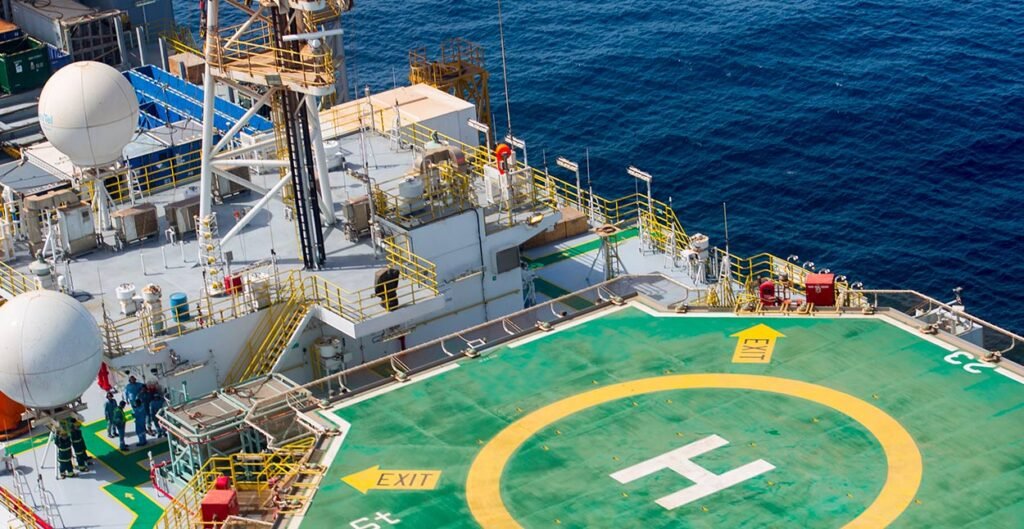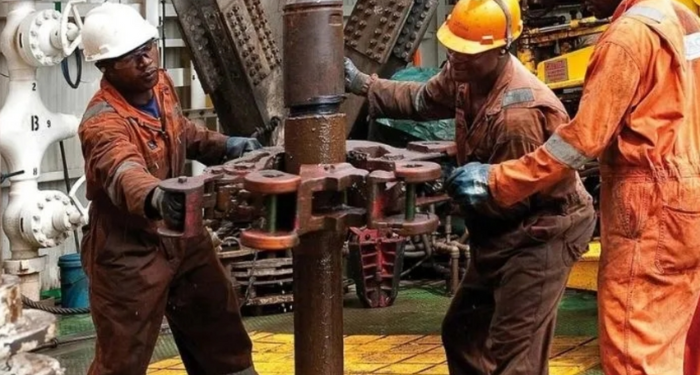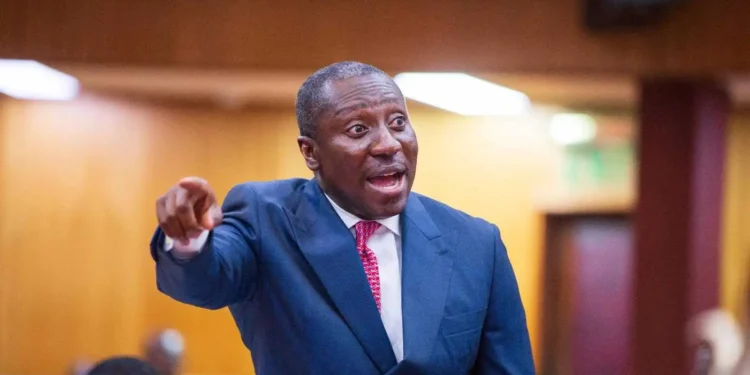Ghana’s crude oil outlook for 2026 has been revised downward as government acknowledges another year of falling output across the country’s producing fields.
Presenting the 2026 Budget Statement to Parliament, Finance Minister Dr. Cassiel Ato Forson confirmed a sizeable drop in the petroleum benchmark figures, driven largely by reduced field performance and maturing reservoirs.
Dr. Forson told Parliament that the government had adopted a more conservative projection for the coming year. He explained that the new estimate reflects the annual production forecast of each field in accordance with the Petroleum Revenue Management Act.
“The 2026 Benchmark crude oil output is estimated at 37.95 million barrels, which translates into about 103,959 barrels per day.”
Finance Minister Dr. Cassiel Ato Forson
The figure marks a substantial reduction when compared with the ongoing year and signals continued pressure on the country’s production base.

He added that Ghana’s share of the projected crude output stands at 7.63 million barrels.
According to him, this consists of a royalty component of 2.13 million barrels and a carried and participating interest volume of 5.50 million barrels. These allocations determine the volumes available for state lifting, revenue calculations, and distribution under the PRMA.
Government is also projecting a higher volume of benchmark gas output in 2026. “The benchmark gas output has been estimated at 143.08 trillion Btu for 2026,” the Minister stated.
The figure is based on the standard conversion of gas volumes using a factor of 1,060 British thermal units per standard cubic foot.
Comparison With 2025 Figures Highlights Sharp Decline

The decline becomes clearer when placed against the 2025 benchmark projections. Dr. Forson reminded the House that the current year’s estimates were much stronger.
“The 2025 Benchmark crude oil output is projected to be 46.35 million barrels, representing about 126,994 barrels per day.”
Finance Minister Dr. Cassiel Ato Forson
Under the 2025 projection, Ghana’s share amounted to 9.20 million barrels. The breakdown consisted of a royalty volume of 2.56 million barrels and a carried and participating interest volume of 6.64 million barrels.
The difference between the two years shows a significant drop of more than 1.5 million barrels in national liftings.
Benchmark gas output for 2025 had been set at 118.14 trillion Btu, also lower than the 2026 estimate. The gas outlook therefore suggests steady supply next year even as crude performance weakens.
Declining Output and Its Implications
The reduction in benchmark crude output marks another chapter in Ghana’s broader challenge of stabilising production.
Most of the country’s major fields, including Jubilee and TEN, have experienced declining volumes in recent years, largely due to reservoir depletion and delays in new well drilling. Sankofa’s performance has been comparatively stable but insufficient to offset the national decline.
Benchmark projections influence not only government revenue estimates, but also budget planning, debt servicing expectations, and the allocation of petroleum receipts to statutory funds such as the Ghana Stabilisation Fund and the Annual Budget Funding Amount.
A lower output forecast therefore reduces the fiscal room available to government at a time when economic pressures remain high.
The Finance Minister emphasised that the adjustments were made strictly under PRMA guidelines, which require a blend of historical and projected data to determine benchmark output.
The approach ensures predictability, but it also forces government to recognise production downturns even when market prices appear favourable.
The lower 2026 projection is expected to have a direct impact on ABFA inflows, placing additional weight on non-oil revenue measures.
It also raises the urgency of ongoing discussions about enhancing exploration activity, approving new field developments, and sustaining investment in upstream infrastructure.
Outlook for 2026

Despite the drop in crude projections, the higher estimated benchmark gas output for 2026 offers some assurance for the power sector.
Reliable gas supply remains central to government’s wider plans to reduce reliance on expensive liquid fuels and stabilise electricity generation costs.
However, the broader concern of shrinking crude production persists. Industry analysts have argued that without new wells or major field expansions, Ghana could continue to see output fall in the next several years.
The 2026 Budget therefore signals the need for renewed attention to upstream activity, including stalled development plans and the slow pace of new licensing rounds.
Ghana enters 2026 with a tighter petroleum outlook, one that reflects both the structural challenges in the upstream sector and the fiscal adjustments required under its legal framework.
The revised benchmark output underscores the importance of policy decisions that can influence investment, field performance, and long-term energy security.
READ ALSO: IC Research Predicts a Further Decline in Inflation to 6.5% for November























